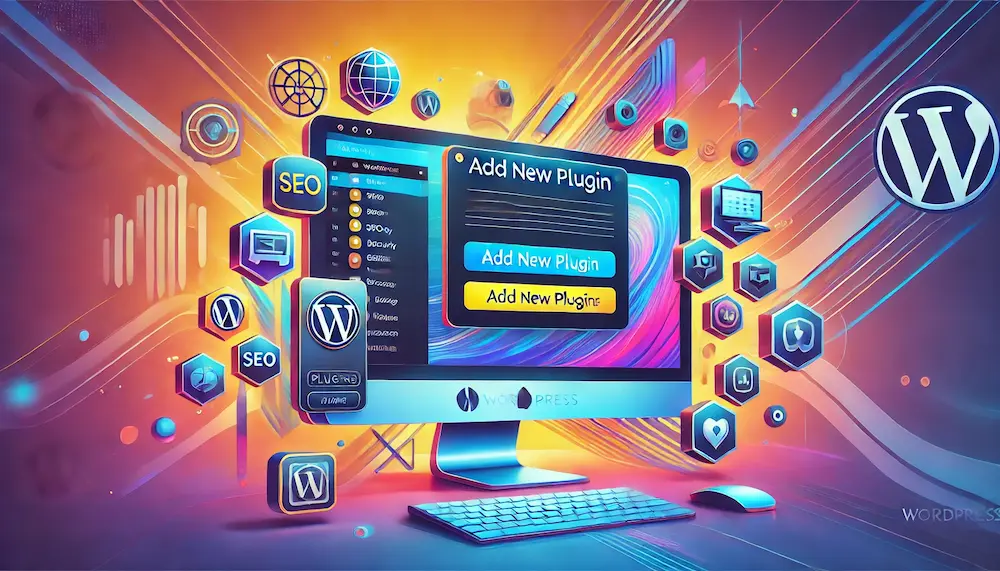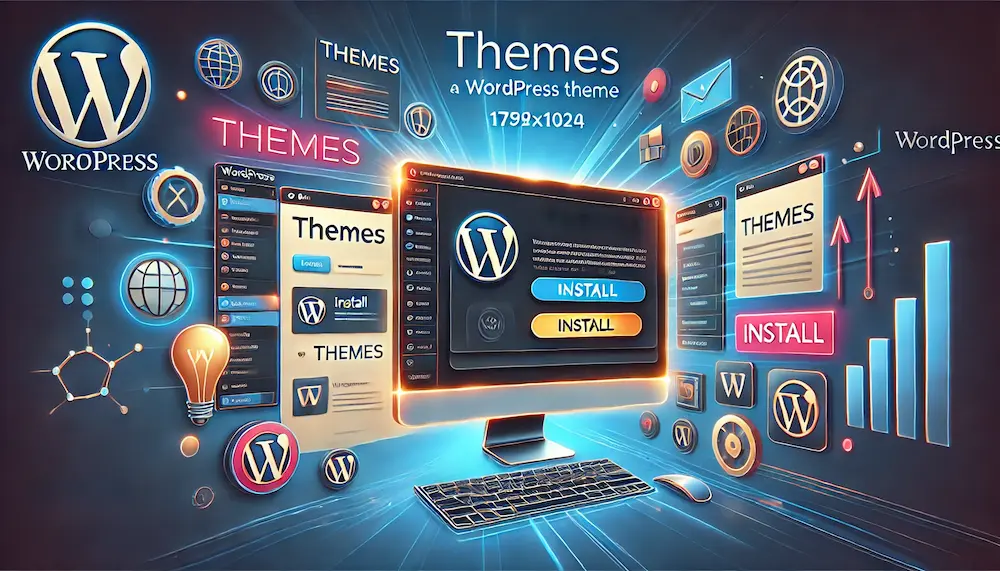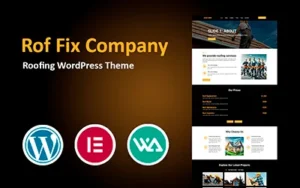WordPress Page Design Guide

When building a website, the design of your pages plays a crucial role in creating a professional appearance and delivering an excellent user experience. WordPress, with its intuitive tools and flexibility, allows users to create stunning page designs, whether they’re beginners or experienced designers. This guide will walk you through the essentials of WordPress page design, covering tools, tips, and techniques to help you build engaging pages that captivate your audience.
Why Focus on Page Design?
The design of your WordPress pages directly impacts how users perceive your website. A well-designed page:
- Increases Engagement: Keeps visitors browsing your content longer.
- Boosts Conversions: Encourages users to take desired actions, like signing up or making a purchase.
- Improves SEO: Search engines favor user-friendly, aesthetically pleasing designs.
- Strengthens Brand Identity: Consistent and attractive design builds trust and recognition.
Whether you’re creating a landing page, blog post, or portfolio showcase, understanding the principles of page design is vital.
Key Elements of WordPress Page Design
1. Layout
Your page layout dictates how content is organized and presented. Consider these tips:
- Simplicity: Avoid cluttered designs. Keep layouts clean and focused.
- Visual Hierarchy: Use headings, subheadings, and spacing to guide users’ attention.
- Responsive Design: Ensure your layout looks great on desktops, tablets, and smartphones.
2. Typography
Typography helps convey your message clearly and aligns with your brand’s personality.
- Choose readable fonts with appropriate sizes (16px or larger for body text).
- Use consistent font styles for headings and body text.
- Limit your font selection to 2-3 complementary typefaces.
3. Colors
Colors evoke emotions and reinforce your brand identity.
- Stick to a color palette that complements your brand.
- Use contrast to ensure text is readable against backgrounds.
- Employ accent colors sparingly to highlight key elements like buttons.
4. Images and Media
Visual content grabs attention and enhances the user experience.
- Use high-quality images that are relevant to your content.
- Optimize images for faster loading times without sacrificing quality.
- Include videos, infographics, or animations to make your pages more dynamic.
Tools for Designing WordPress Pages
WordPress offers a range of tools and plugins to simplify page design.
1. Gutenberg Editor
The default WordPress block editor provides an intuitive way to create custom layouts. With drag-and-drop functionality, you can:
- Add content blocks like text, images, and buttons.
- Customize block settings (e.g., colors, spacing, alignment).
- Use reusable blocks for consistent design across pages.
2. Page Builder Plugins
For more advanced customization, consider using popular page builders:
- Elementor: A powerful drag-and-drop editor with pre-designed templates.
- Beaver Builder: Known for its simplicity and flexibility.
- Divi Builder: Ideal for creating visually stunning pages with minimal effort.
3. Themes
Choosing the right WordPress theme is crucial for page design. Look for:
- Customization Options: Themes that support page builders or have built-in design features.
- Responsive Design: Ensure the theme looks great on all devices.
- Demo Templates: Pre-designed layouts can save you time.
Steps to Design a WordPress Page
Step 1: Plan Your Page
Before you start designing, outline your goals and structure:
- What is the purpose of the page (e.g., informational, promotional)?
- Who is your target audience?
- What content do you need (text, images, videos)?
Step 2: Choose a Theme or Template
Select a WordPress theme or template that aligns with your vision. Many themes come with ready-made layouts, which you can customize to fit your needs.
Step 3: Customize the Layout
Using Gutenberg or a page builder plugin:
- Divide your page into sections (e.g., header, main content, footer).
- Add blocks for text, images, and other elements.
- Use columns to create visually appealing layouts.
Step 4: Add Content
Insert your content into the designed layout:
- Use engaging headlines and concise paragraphs.
- Include visuals to break up text and maintain interest.
- Add calls-to-action (CTAs) to guide user behavior.
Step 5: Optimize for SEO
- Use appropriate headings (H1, H2, H3) with target keywords.
- Add alt text to images for better accessibility and SEO.
- Ensure fast loading times by optimizing images and enabling caching.
Step 6: Test Responsiveness
Preview your page on various devices to confirm it looks and functions well on screens of all sizes.
Tips for Effective WordPress Page Design
1. Focus on User Experience
- Simplify navigation with clear menus and breadcrumbs.
- Ensure buttons are easily clickable on all devices.
- Minimize distractions by removing unnecessary elements.
2. Maintain Consistency
- Use the same font styles, colors, and spacing across all pages.
- Align elements properly for a professional look.
3. Prioritize Performance
- Optimize images and media for faster loading times.
- Use a reliable hosting provider to ensure uptime.
4. Test and Iterate
- Gather feedback from users or use tools like Google Analytics to identify areas for improvement.
- Regularly update your pages to keep them fresh and relevant.
Examples of Great WordPress Page Designs
1. Landing Pages
Ideal for promoting products or capturing leads, these pages often include:
- A compelling headline.
- Eye-catching visuals.
- A strong call-to-action.
2. Portfolio Pages
Showcase your work with:
- A grid layout for images.
- Descriptive captions or project details.
- Smooth hover effects.
3. Blog Pages
Enhance readability with:
- Clean typography.
- Featured images for each post.
- Categories and tags for navigation.
Explore Free WordPress Business Themes
If you’re designing a page for a professional project, consider using our curated collection of free WordPress business themes. These themes are perfect for creating sleek and modern designs tailored to your business needs.
Conclusion
Designing stunning WordPress pages is an achievable goal with the right tools and strategies. By focusing on layout, typography, colors, and media, you can create pages that captivate your audience and drive results. Whether you’re a beginner or an experienced designer, WordPress provides everything you need to bring your vision to life. Start experimenting today and elevate your website to the next level!
Latest Posts
Tags
Our WordPress Themes
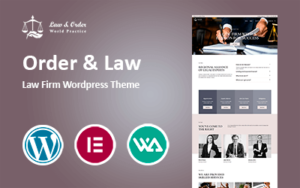
129,00 € Original price was: 129,00 €.99,00 €Current price is: 99,00 €.
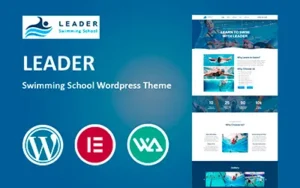
64,00 € Original price was: 64,00 €.49,00 €Current price is: 49,00 €.
Share:




